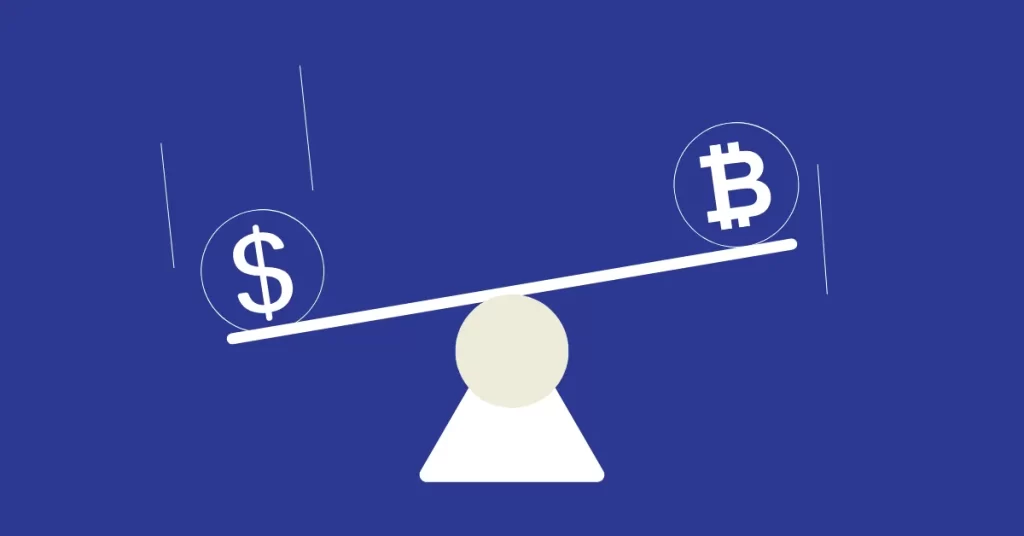
The post New York Approves Paxos Stablecoin Expansion, Promotes Regulated Strategy Over Tether And Circle appeared first on Coinpedia Fintech News
Having previously complied with regulatory directives by discontinuing Binance’s BUSD stablecoin, Paxos has now secured official approval from the New York Department of Financial Services (DFS) to expand its stablecoin issuance operations. This positions Paxos ahead in regulatory compliance, surpassing major stablecoin issuers like Tether and Circle.
First Expansion Of Paxos To Another Blockchain
Paxos, a leading company in the stablecoin market, has obtained regulatory clearance to extend its offerings to the Solana blockchain, targeting a launch date of January 17, 2024. This development strengthens its relationship with the New York Department of Financial Services (DFS), as it competes with key rivals such as Circle and Tether for a significant share of the market.
Solana’s fast transaction speeds and lower fees make it an attractive choice over Ethereum for stablecoin transactions. With this expansion, Paxos will leverage Solana’s robust architecture to enhance the reliability and security of its USDP stablecoin.
In 2018, Paxos gained DFS approval for its inaugural stablecoin, Paxos Standard, later renamed USDP in 2021. As a crypto token pegged to the U.S. dollar, USDP differentiates itself from rivals like Tether and Circle’s USD Coin by being exclusively issued on Ethereum, adhering to DFS regulations.
Paxos’s direct collaboration with DFS for issuance sets it apart, focusing on regulatory compliance, unlike Tether’s criticized offshore operations and Circle’s issuance of USDC on multiple blockchains, including Tron, which has faced scrutiny for illicit finance activities.
Walter Hessert, Head of Strategy at Paxos, said, “The expansion of our stablecoin platform to support Solana marks an important step towards making stablecoins ubiquitous for everyday consumers. Paxos has set the standard for oversight, reserve management and issuance in the stablecoin market. By integrating USDP with Solana, we’re making it easier for anyone to get and use the safest, most reliable stablecoins.”
Paxos Charges Ahead With PYUSD
Despite its achievements, Paxos has faced challenges along the way. Its early stablecoin, BUSD, developed in collaboration with the major cryptocurrency exchange Binance, faced difficulties. Following revelations that Binance was allegedly producing a synthetic version of BUSD with uncertain reserve backing, the DFS directed Paxos to cease its issuance. This partnership constituted over 95% of Paxos’s revenue, highlighting the significant impact of this setback.
Currently, Paxos’s most notable project is PYUSD, a new stablecoin launched in collaboration with PayPal. This might also put PayPal exploring expansion opportunities to Solana with its stablecoin. Paxos plans to initially introduce USDP on the Solana blockchain, a stablecoin with a relatively modest market cap of $370 million, in contrast to USDC’s nearly $25 billion and Tether’s staggering $94 billion.

 1 year ago
87
1 year ago
87














 English (US) ·
English (US) ·